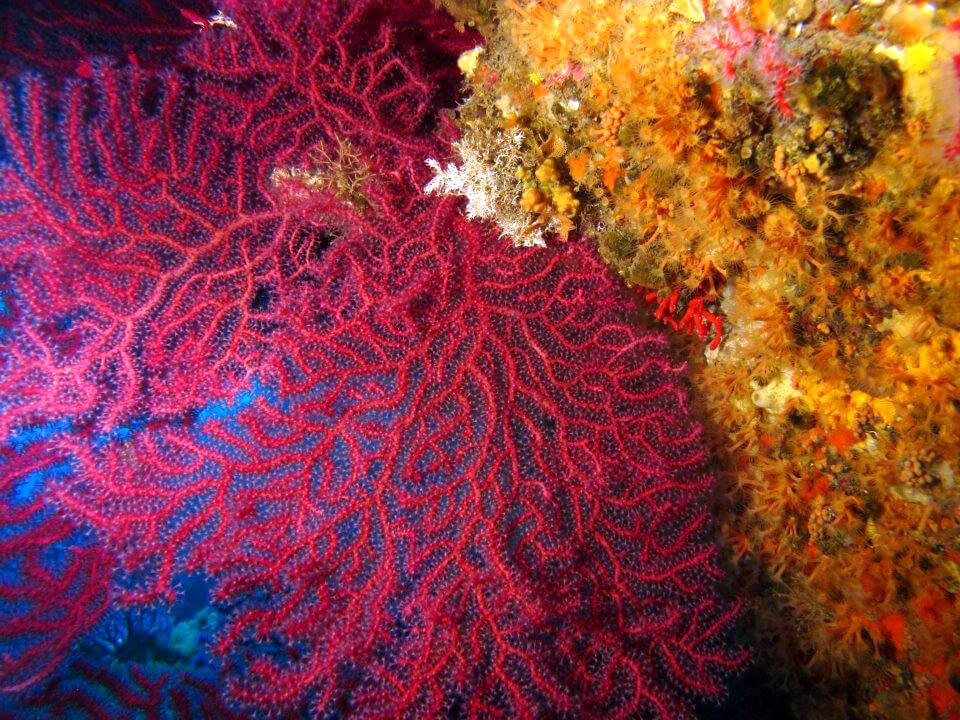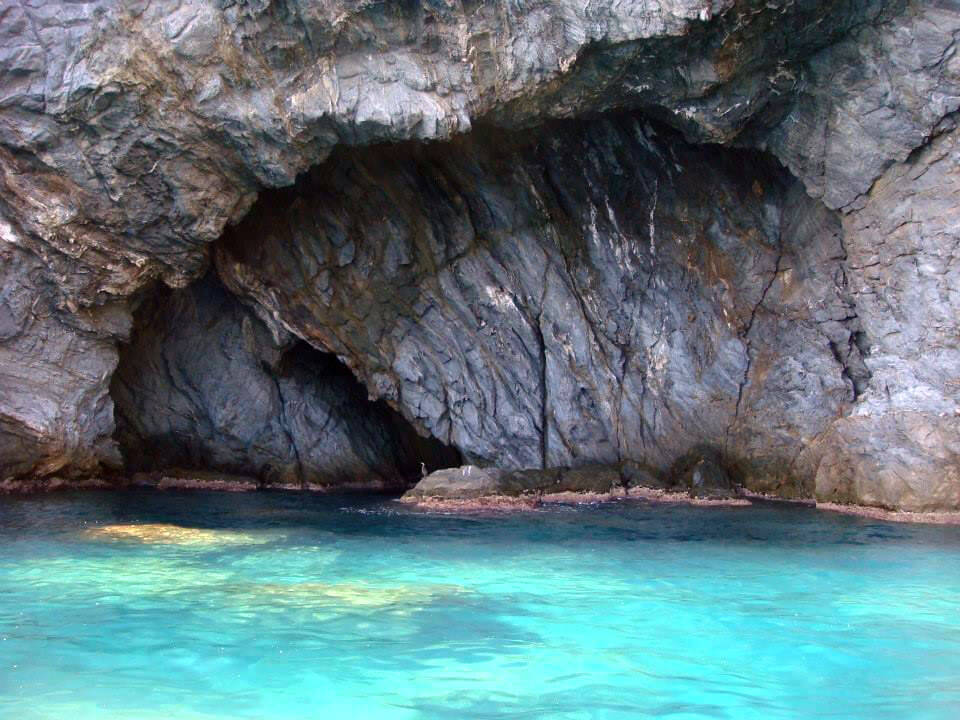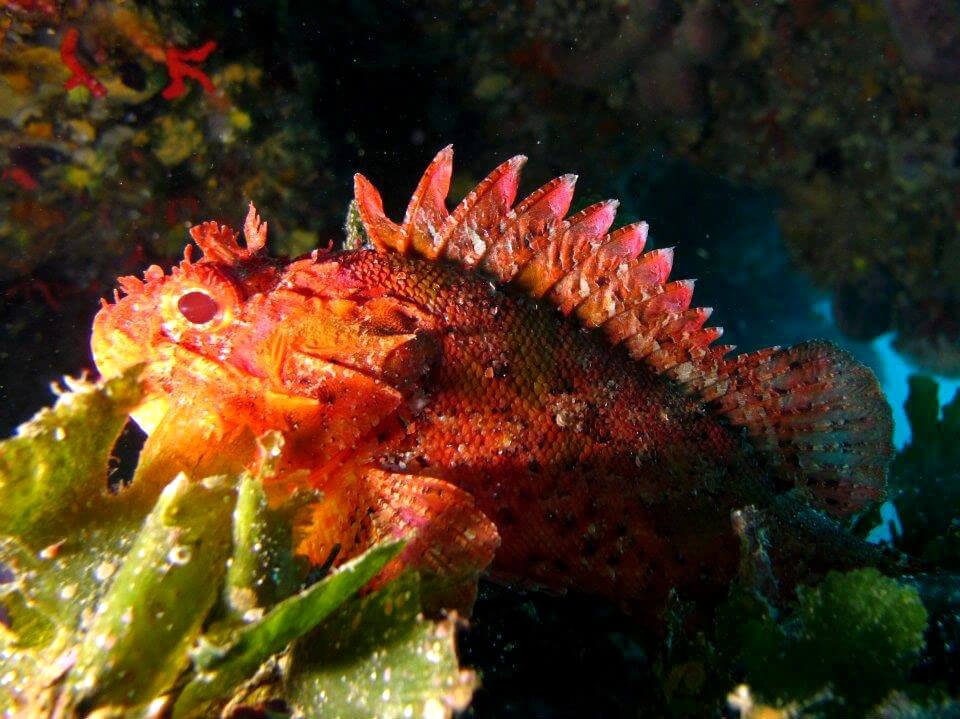
La Massa D’Or
The island of Massa d’Or is one of the most spectacular dives in the area, although the depth and strong currents, typical of the open sea, make it very difficult. We normally see groupers, shoals of barracuda or tuna. -30 m to -60 m.
Cova de l’Infern (Hell’s Cave)
A rocky cavity situated below the Cap de Creus lighthouse. Part of the cave is open to the sky and it has a depth of 10 meters.
Cala Jugadora
This beautiful cove is close to Cap de Creus and is known for its beds covered in sea grass meadows.











